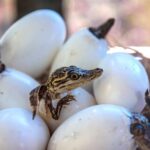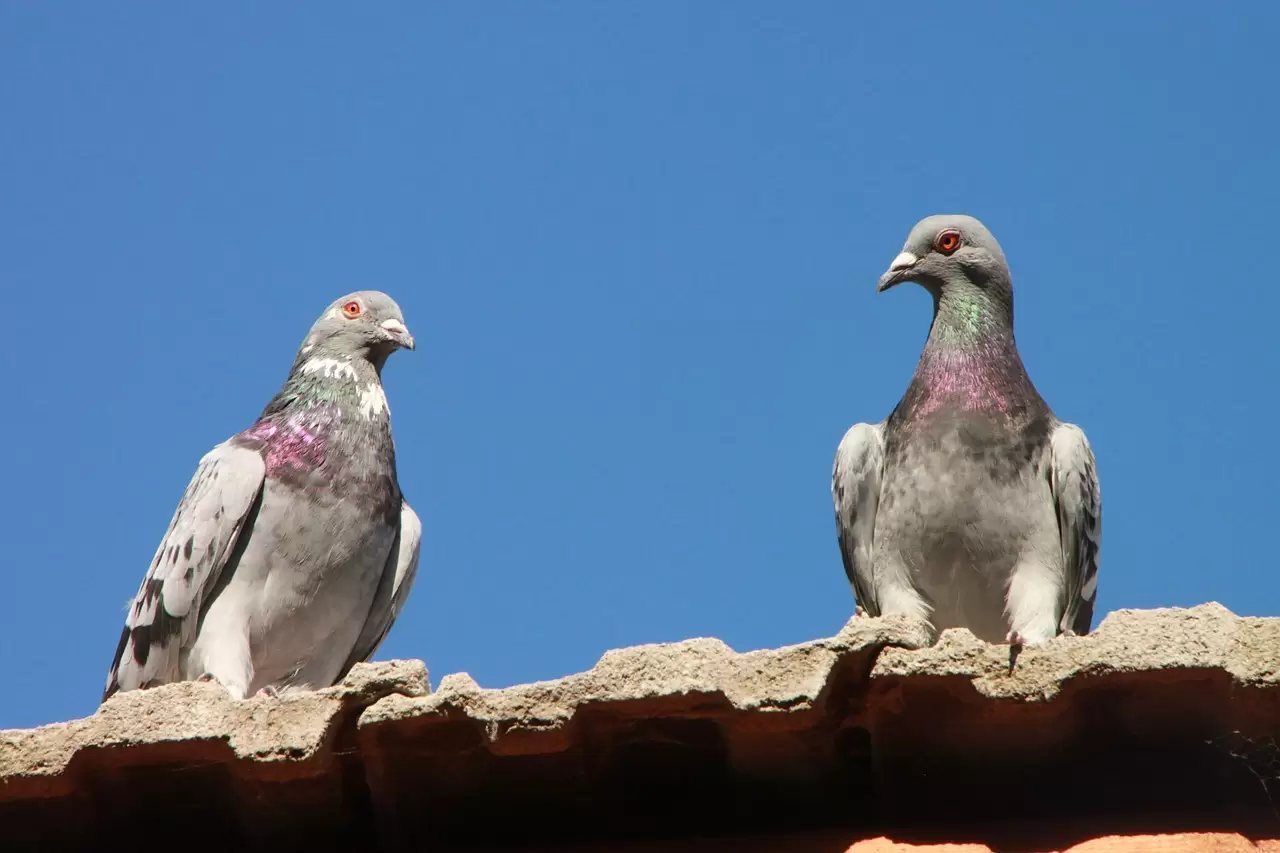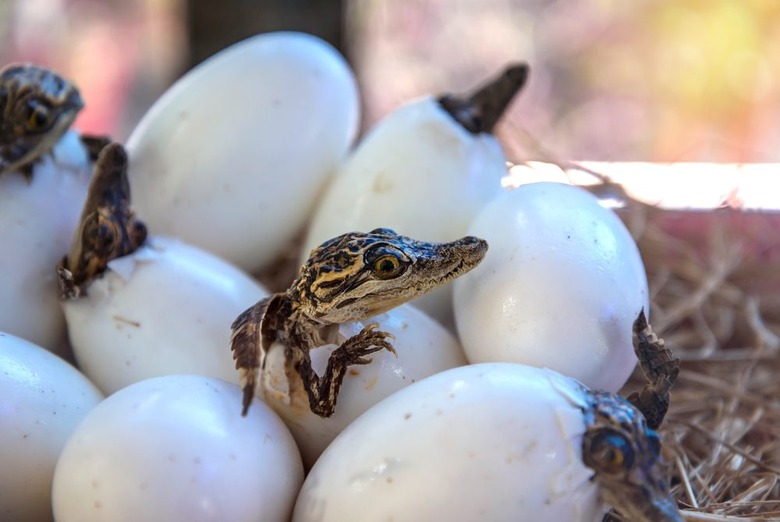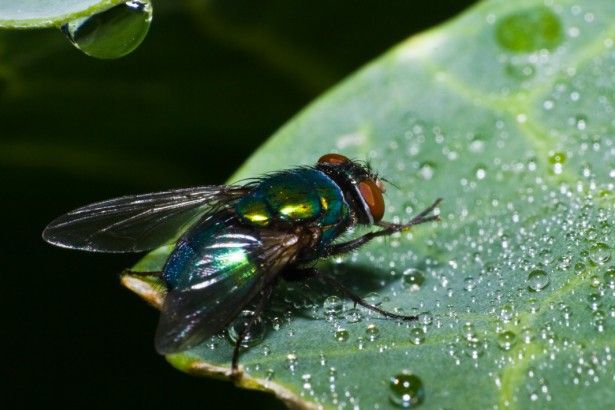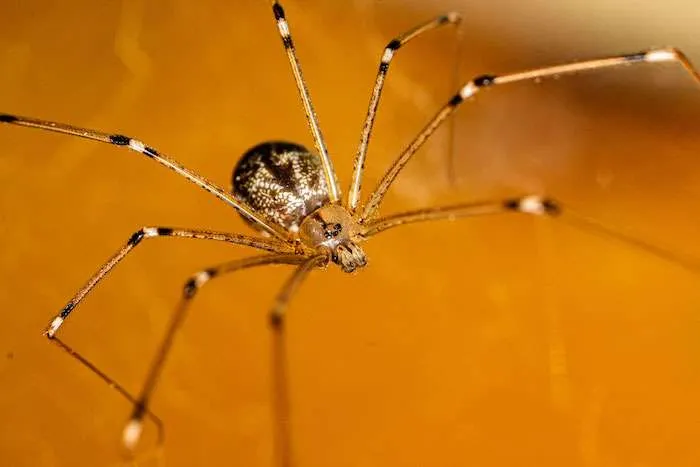On average, a pigeon can fly anywhere between 300 to 500 miles in a single journey. However, under certain conditions, they’ve been known to travel even farther. Homing pigeons, a specific breed known for their navigational abilities, have completed journeys exceeding 1,000 miles. These birds possess an incredible homing instinct, allowing them to find their way back to their roost from impressive distances. Factors like weather, wind speed, and the pigeon’s training influence their flight range.
What are the Factors Influencing Average Flight Distances?
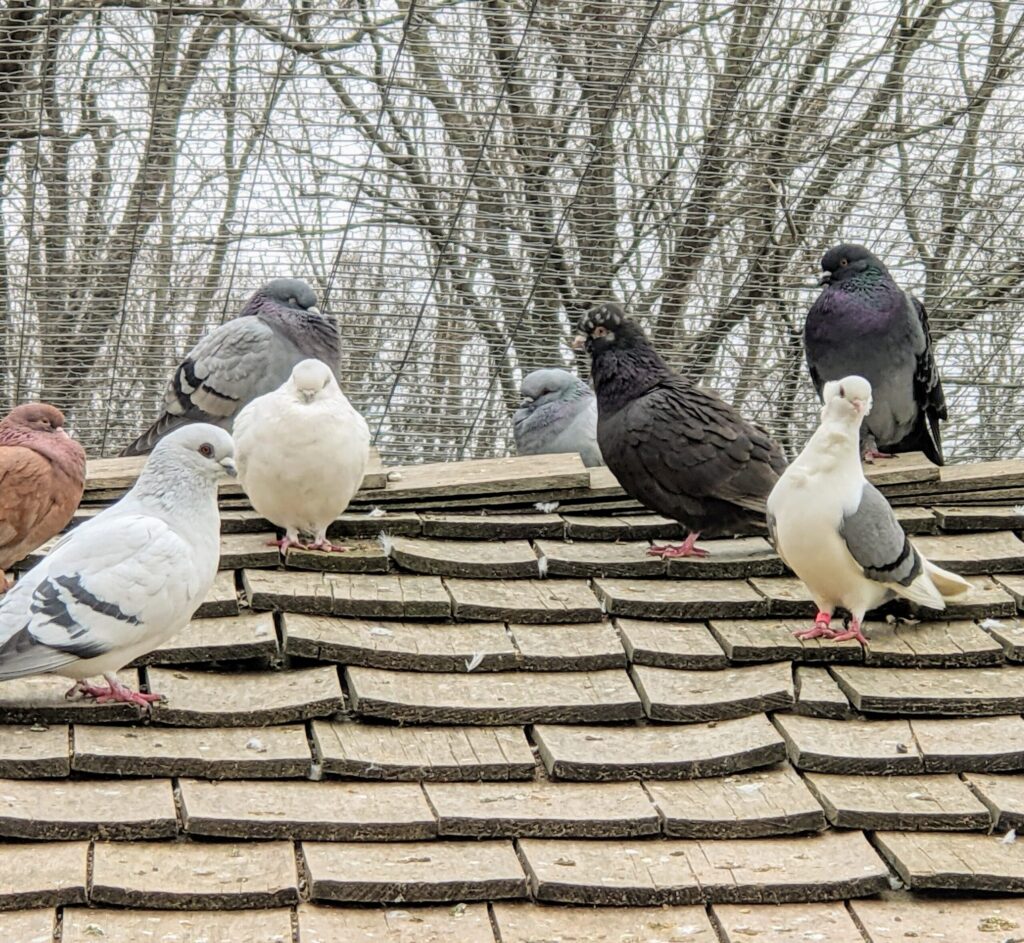
Factors influencing the average flight distances of pigeons are multifaceted and include
Weather Conditions: Pigeons are sensitive to weather changes. Clear skies, moderate temperatures, and calm weather generally facilitate longer flights.
Wind Speed and Direction: Wind plays a critical role. Tailwinds can aid pigeons in covering more ground, while headwinds may slow them down and limit their flight range.
Training and Conditioning: The level of training and conditioning a pigeon undergoes directly impacts its flight capabilities. Well-trained pigeons are better equipped for longer flights.
Physical Fitness: The overall health and fitness of a pigeon are crucial. Healthy pigeons are more likely to endure extended flights, showcasing better stamina and resilience.
Navigational Instinct: Pigeons are equipped with a remarkable homing instinct, allowing them to navigate effectively. This instinct contributes to their ability to cover specific distances with precision.
Terrain and Landscape: The type of terrain and landscape pigeons traverse can affect their flight range. Open landscapes may allow for more straightforward navigation compared to areas with obstacles.
Genetic Factors: Certain pigeon breeds, particularly homing pigeons, are bred for enhanced navigational abilities, influencing their potential for longer flights.
What are the Most Remarkable Instances of Pigeons Covering Extraordinary Distances?
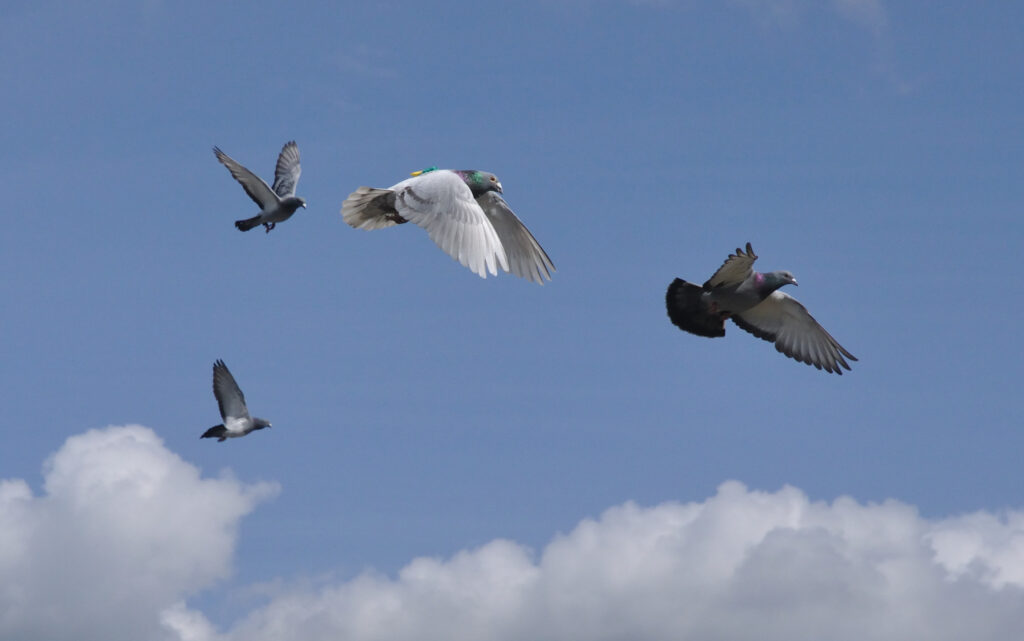
Pigeons have astonished observers with their ability to cover truly remarkable distances in various instances. Some notable examples include:
World War I and II Pigeon Heroes
Pigeons played a vital role in wartime communication. Notably, during World War I and II, pigeons were used to carry crucial messages across enemy lines, covering distances that, in some cases, exceeded 20 miles in challenging battlefield conditions.
Long-Distance Races
Pigeon racing enthusiasts often organize long-distance races, pushing the limits of pigeons’ flight capabilities. In these races, pigeons have been known to cover distances of hundreds of miles, showcasing their endurance and navigation skills.
Scientific Studies
Researchers have conducted experiments to test pigeons’ navigational abilities. In one study, pigeons were transported hundreds of miles away from their home lofts, only to navigate back successfully. These instances highlight the pigeons’ capacity to cover vast distances with precision.
Homing Pigeon Competitions
Homing pigeon competitions, where birds are released from distant locations, provide real-world examples of pigeons covering extraordinary distances. The winners of these competitions often demonstrate impressive flight ranges.
The Concept of Homing Pigeons and Their Navigational Skills
Homing pigeons are a distinct breed known for their ability to return to a specific location, often their home loft, over considerable distances.
Instinctual Homing Ability
Homing pigeons are born with a natural homing instinct that enables them to find their way back to their home loft. This instinct is thought to be a combination of genetic factors and an inherent sense of direction.
Orientation Using Visual and Environmental Cues
Pigeons use visual cues such as landmarks, the position of the sun, and even the Earth’s magnetic field to navigate. Their keen ability to observe and interpret their surroundings aids them in maintaining a sense of direction.
Training for Precision
Pigeon fanciers engage in systematic training to enhance the navigational skills of homing pigeons. Training involves gradually increasing the distance of releases from the home loft, allowing pigeons to build confidence and accuracy.
Overcoming Obstacles
Homing pigeons can navigate through challenging terrains and obstacles, showcasing their adaptability. Even when released from unfamiliar locations, they can rely on their navigational skills to return home.
What Are the Unique Flying Characteristics of Different Pigeon Varieties?
| Pigeon Species | Description | Flying Capabilities |
| Rock Dove (Columba livia) | The rock dove, ancestor of the domestic pigeon, is the most common pigeon species globally. Capable of flying up to 600 miles (965 kilometers) in a single day. | Up to 600 miles (965 kilometers) |
| Homing Pigeon (Columba livia domestica) | Homing pigeons, a domestic breed of rock doves, are specially bred for their navigational skills. They can fly up to 1,800 miles (1,100 kilometers) in a day. | Up to 1,800 miles (1,100 kilometers) |
| Passenger Pigeon (Ectopistes migratorius) | Once abundant in North America, the passenger pigeon is now extinct. It could cover up to 1,000 miles (1,600 kilometers) in a single day. | Up to 1,000 miles (1,600 kilometers) |
| Wood Pigeon (Columba palumbus) | The wood pigeon, the largest pigeon species in Europe, can cover distances of up to 300 miles (480 kilometers) in a single day. | Up to 300 miles (480 kilometers) |
| Mourning Dove (Zenaida macroura) | The mourning dove, the most common pigeon species in North America, can fly distances of up to 200 miles (320 kilometers) in a single day. | Up to 200 miles (320 kilometers) |
How Do Pigeons Fly Such Long Distances Without Getting Tired?
Pigeons are capable of flying long distances without getting excessively tired due to a combination of evolutionary adaptations, physical characteristics, and behavioral strategies.
Specialized Physiological Features
Pigeons possess a highly efficient respiratory and circulatory system that allows them to extract oxygen from the air more effectively. This enhances their endurance during sustained flight, preventing fatigue.
Muscle Composition
Pigeons have a high proportion of aerobic muscle fibers, which are well-suited for prolonged, endurance-based activities. These muscles are less prone to fatigue compared to anaerobic muscles, allowing pigeons to sustain flight for extended periods.
Energy Efficiency
Pigeons are known for their energy-efficient flight. They use a gliding and soaring flight technique, conserving energy by minimizing flapping when not necessary. This energy-efficient flying style enables them to cover long distances without excessive fatigue.
Adaptation to Altitude
Pigeons are adapted to flying at various altitudes. Their respiratory system efficiently adjusts to different oxygen levels, allowing them to navigate through varied terrains and altitudes without experiencing significant fatigue.
Homing Instinct and Navigation
The homing instinct in pigeons is a driving force during flight. When pigeons are on a mission, such as returning to their home loft, their instinct to reach their destination appears to override signs of fatigue. The purposeful navigation contributes to their ability to cover long distances without tiring excessively.
Thermoregulation
Pigeons are capable of regulating their body temperature during flight, avoiding overheating. This thermoregulation ability contributes to their endurance, especially during flights in varying weather conditions.
Training and Conditioning
Pigeons that undergo systematic training for long-distance flights build up their stamina and endurance. Training programs gradually increase the distance of releases, allowing the pigeons to adapt and improve their physical conditioning.
Rest and Roosting Periods
While pigeons can cover extensive distances, they do eventually need to rest. During long flights, pigeons may take short breaks on their journey to roost, refuel, and recover before continuing.
Behavioral Adaptations
Pigeons exhibit behaviors that contribute to their endurance, such as flock flying. Flying in a group provides aerodynamic benefits, reducing the energy expenditure for each bird.
FAQ
Can a homing pigeon cross the Atlantic?
No, they can’t. Homing pigeons are not naturally equipped to cross the Atlantic Ocean due to the vast distance and lack of suitable roosting spots. Their long-distance flights are typically within a few hundred miles.
Can a pigeon fly from England to America?
No, pigeons, including homing pigeons, cannot fly from England to America. The vast distance, challenging weather conditions, and the absence of suitable roosting spots over the ocean make such a journey impossible for these birds.
How many miles can a homing pigeon fly in a day?
Homing pigeons are capable of flying up to 600 miles in a single day, showcasing their impressive endurance and navigational skills. The exact distance can vary based on factors like training, weather conditions, and individual bird capabilities.
Why do pigeons not fly at night?
Pigeons are diurnal birds, meaning they are active during the day and rest at night. Their limited night vision and the increased risk of predation make them prefer daytime flights. Additionally, they rely on visual cues for navigation.
How do pigeons know where home is?
Pigeons use a combination of visual landmarks, the Earth’s magnetic field, and sun position to navigate and recognize their home location. This innate ability is enhanced through training for homing pigeons.
Can a homing pigeon live alone?
Yes, they can. While pigeons are social birds and often prefer company, homing pigeons can live alone if necessary. However, they thrive better in pairs or groups, especially during breeding and racing activities.
Can you pick up a homing pigeon?
Yes, you can pick up a homing pigeon. They are accustomed to human interaction, particularly if they are part of racing or hobbyist groups. However, gentle handling is recommended to avoid causing stress to the bird.
What happens if a pigeon’s mate dies?
If a pigeon’s mate dies, it may go through a period of mourning. Pigeons form strong pair bonds, and the surviving bird might exhibit behaviors indicative of grief. Over time, some pigeons may form new bonds.
Do pigeons carry disease?
Yes, while pigeons can carry certain diseases, the risk to humans is generally low. Maintaining proper hygiene, avoiding direct contact with bird droppings, and discouraging pigeons from nesting in close quarters can minimize any potential health concerns.
Final words
To sum up, pigeons are remarkable fliers, covering impressive distances in the air. From the familiar Rock Pigeon to the specially bred Homing Pigeon, these birds exhibit incredible flying abilities for survival, migration, and racing. Although the exact distances may differ between species, the overall message underscores the awe-inspiring nature of pigeons as they navigate the skies with adaptability and endurance.


